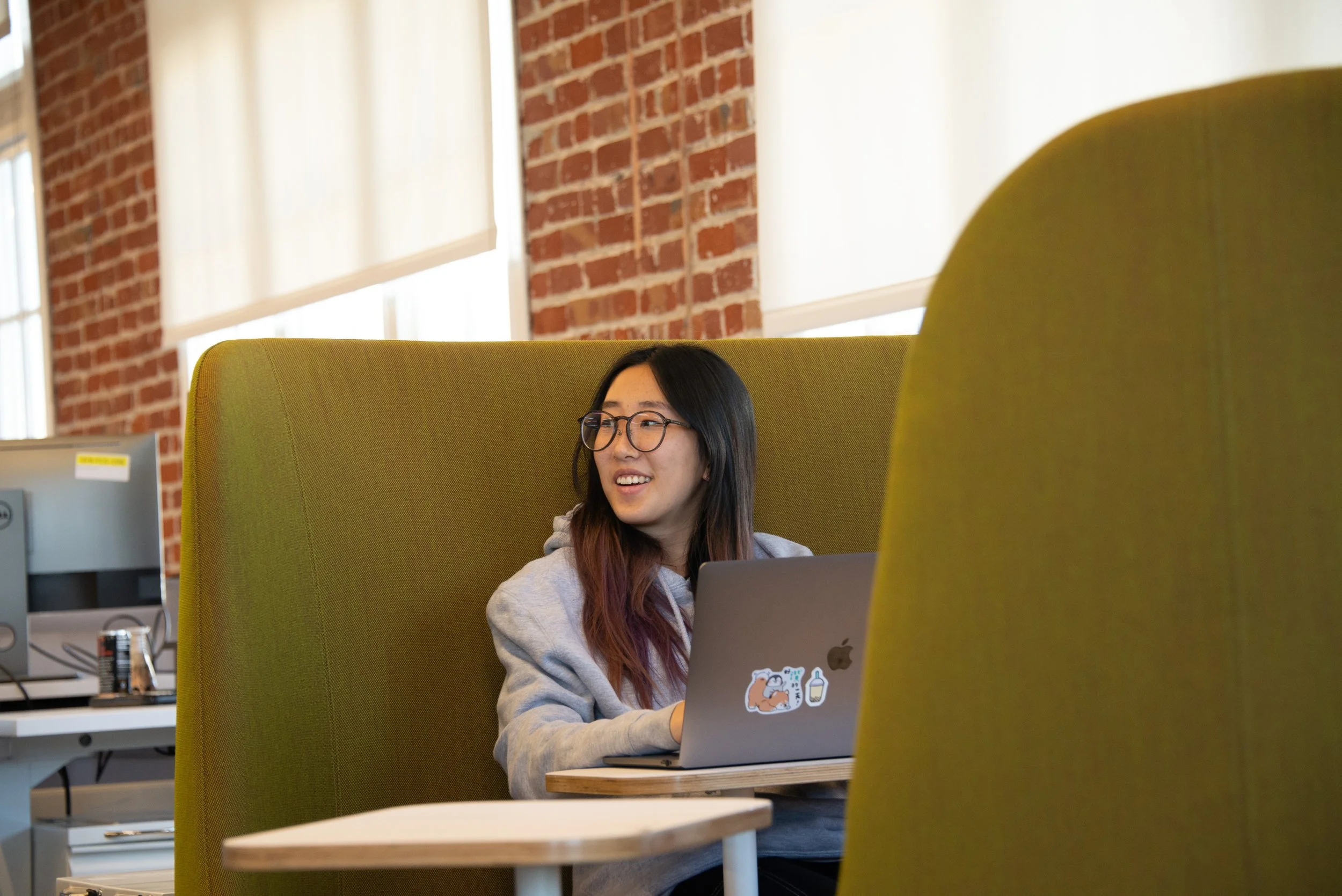From High School Hackathon to Samsara SRE
Charleen Wang shares her journey through computer science, from learning about MIT App Inventor at a high school hackathon to working as a Site Reliability Engineer at Samsara.
Charleen Wang at the Samsara office, where she works as a Site Reliability Engineer.
Fifteen years ago, if you had asked Charleen Wang what she wanted to be when she grew up, her answer would have been “artist” or “character designer.” It certainly would not have been “software engineer” or anything related to computers. Yet, today she leads the Site Reliability Engineering (SRE) team at a tech company called Samsara. Her interest in computer science piqued from an early experience with App Inventor that showed her how to use technology to impact her community.
Warming up to computer science
Although her mother worked as a software engineer, Charleen did not feel drawn to the field in her early years. While she enjoyed watching her mother work, she had a hard time understanding what was going on. Her mother tried to teach her C programming, but Charleen found it frustrating and difficult to follow.
It wasn’t until high school that Charleen’s perspective slowly began to shift. In her sophomore year, she attended a summer camp that taught her how to program a text-based adventure game. Making the game was such a thrilling experience that she decided to give programming another shot. When she returned to school in the fall, she joined her high school’s Computer Science Club.
Charleen Wang meeting will.i.am through a high school program for girls interested in computer science.
It was in Computer Science Club that Charleen first learned about MIT App Inventor. The teacher leading the club decided to host a hackathon over the course of the semester. Students would learn how to use App Inventor and work in teams to build apps that would be judged by a panel of professional software engineers.
Charleen and her team decided to work on a relevant issue that affected their peers: texting while driving. With the help of App Inventor, they built a text-to-speech app that read texts out loud so that drivers could keep their hands on the steering wheel. The app’s interface was quite simple compared to other teams, so Charleen had low expectations for the competition.

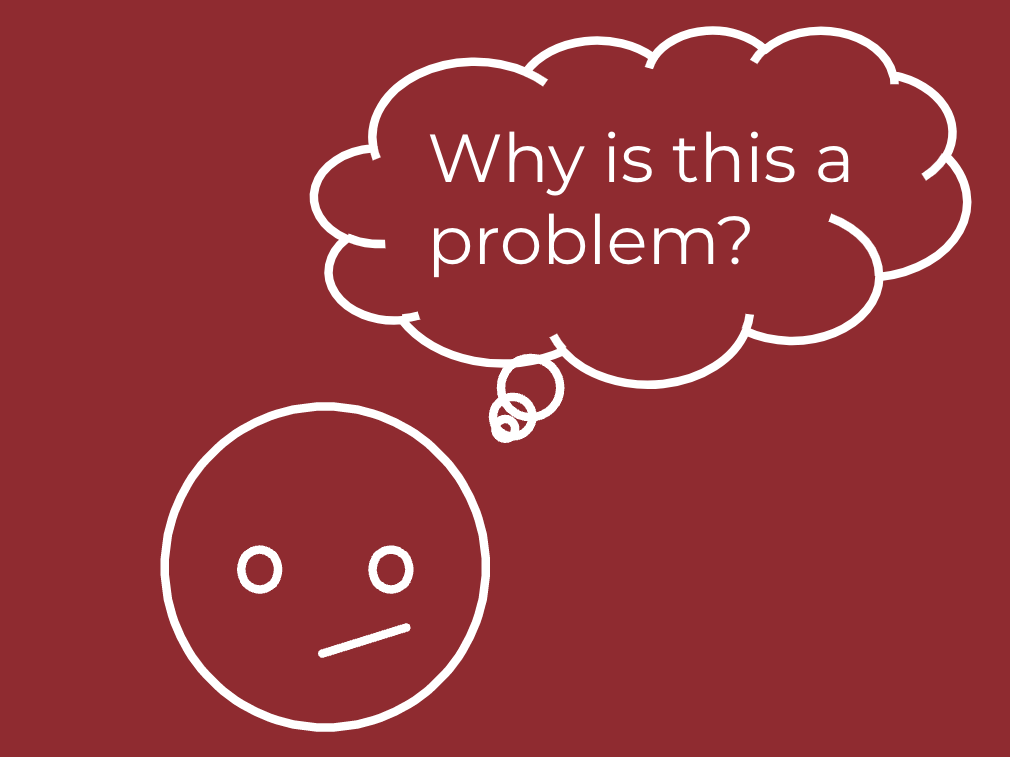
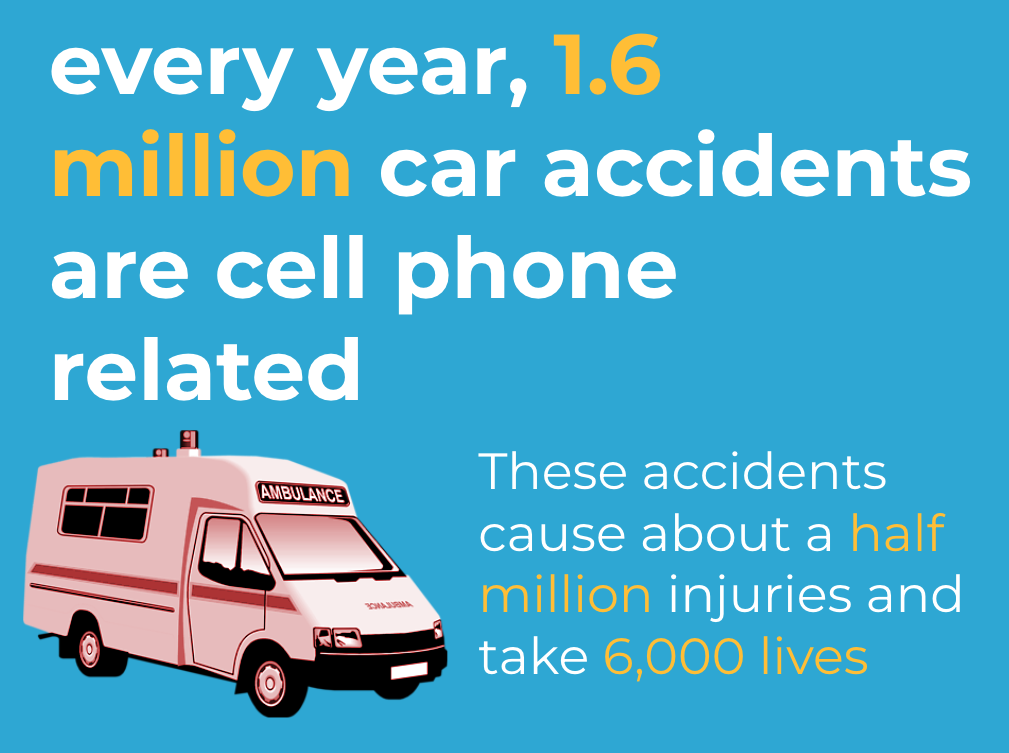


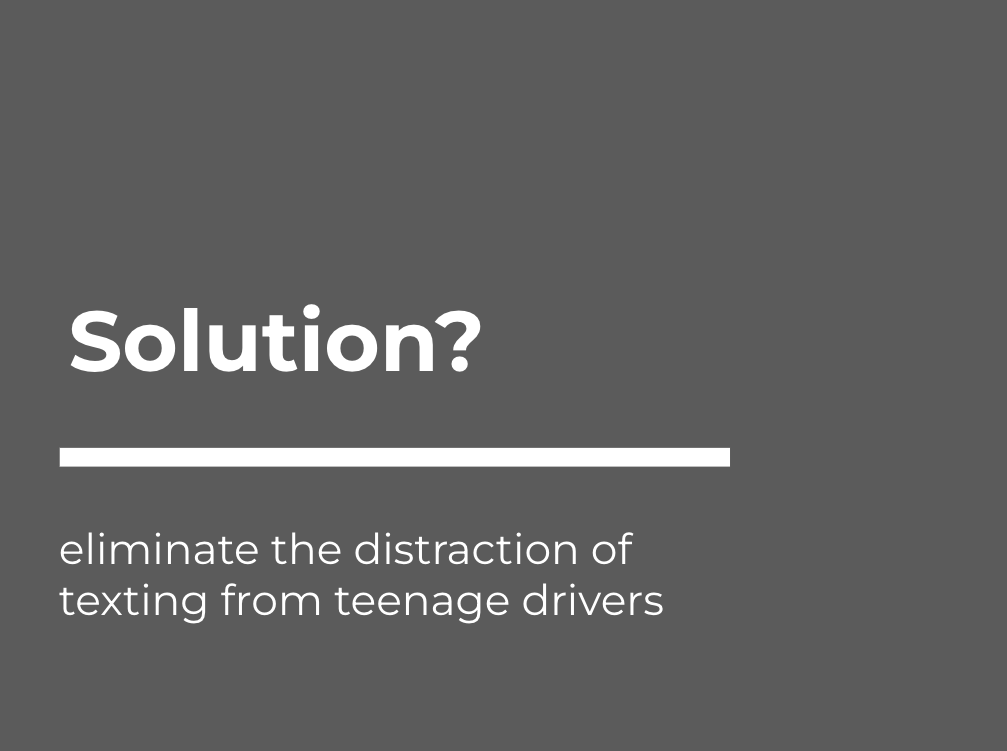
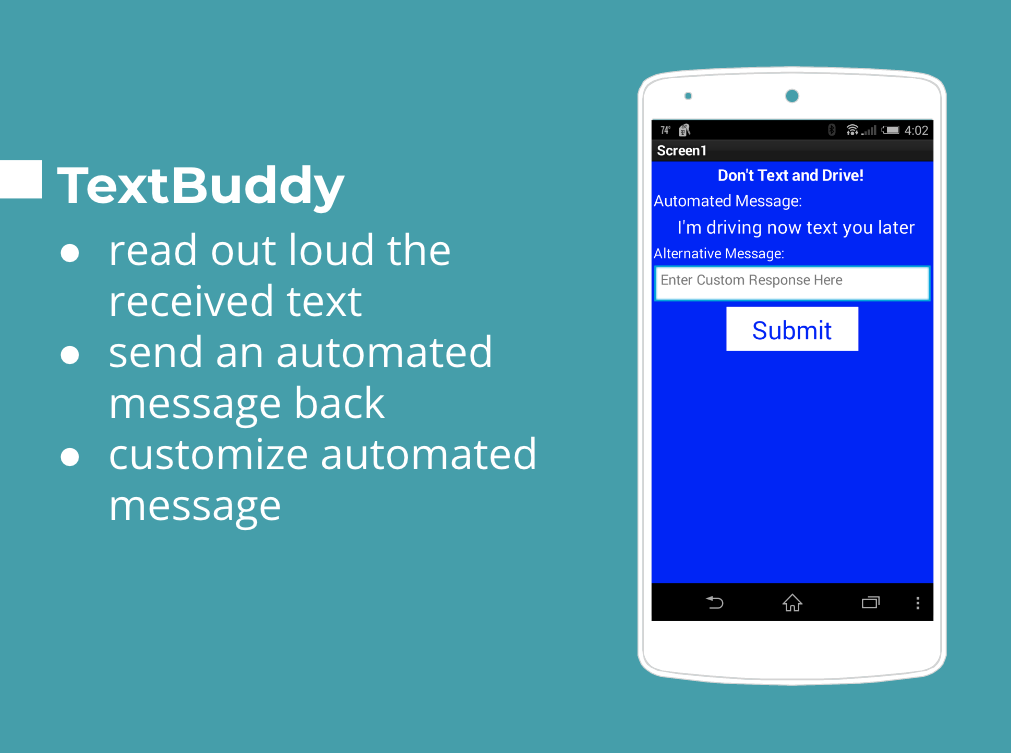
To her great surprise, her team ended up winning the hackathon. “In the past I hadn’t participated in many competitions, so I never had the feeling of winning,” Charleen recalled. “I was just expecting participation credit.” One of the judges came up to her afterwards and explained why her team had won. By including car crash statistics and other context in their presentation, they had effectively conveyed the impact of their technology. Prior to this, Charleen had seen that computer science was exciting, but didn’t understand how it could be useful. App Inventor helped her realize that she could use technology to help the people around her. “Learning the importance of impact is what I took away from that experience. It’s something that’s stuck with me ever since.”
“Learning the importance of impact is what I took away from that experience. It’s something that’s stuck with me ever since.”
Motivated by the hackathon win, Charleen continued exploring computer science through programs like Girls Who Code. When applying to college, she knew that she wanted to study computer science. She was thrilled to receive an acceptance letter from MIT, especially knowing that it housed the App Inventor project.
Charleen Wang graduating in 2020 with a Bachelor’s degree in Electrical Engineering and Computer Science from MIT.
Working as a Site Reliability Engineer
At age 24, Charleen now works as an SRE at Samsara, an IoT (Internet of Things) company that develops a connected platform to track vehicles and other operations equipment. She was drawn to the company after a Samsara engineer told her that, in a week’s time frame, they had built and shipped a feature that saved hundreds of lives in factories.
The goal of the SRE team is to build infrastructure and tools to make Samsara’s systems more reliable and help engineers be more productive. When she first started, Charleen felt out of her depth because her expertise was in web development, not infrastructure or tooling. Her manager offered a great piece of advice: get used to the feeling of not being good at something. Charleen took that advice to heart and is now thriving as the SRE team lead. “Learning new things is very uncomfortable. You’ll make mistakes and have imposter syndrome. But once you get used to that feeling, you can learn anything,” she advises.
“Learning new things is very uncomfortable. You’ll make mistakes and have imposter syndrome. But once you get used to that feeling, you can learn anything.”
On a typical day at work, the first thing Charleen does is make a latte with fellow coffee enthusiasts at the office. She then attends her team’s daily standup meeting, in which she and her teammates provide updates on their project work. As team lead, Charleen is responsible for checking in with her teammates about any issues, thoughts on the direction of the team, and ideas for future projects. Projects are assigned through a quarterly planning process that accounts for each person’s expertise and interests. The first step of a project is scoping out the work by writing down the goals, timeline, solutions, and milestones. The project work itself involves writing code, receiving feedback on code, meeting with other engineers, and iterating on the solution.
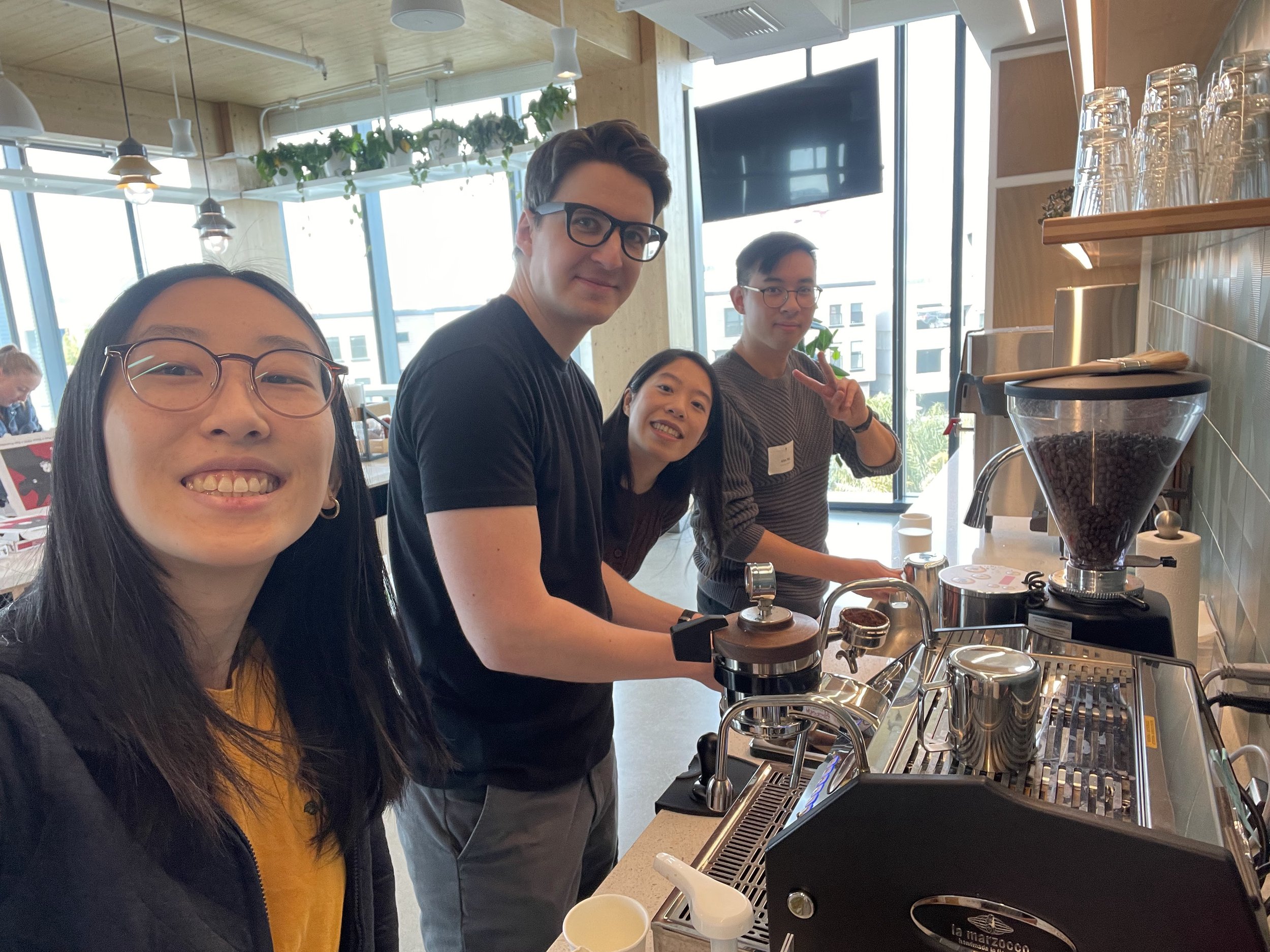
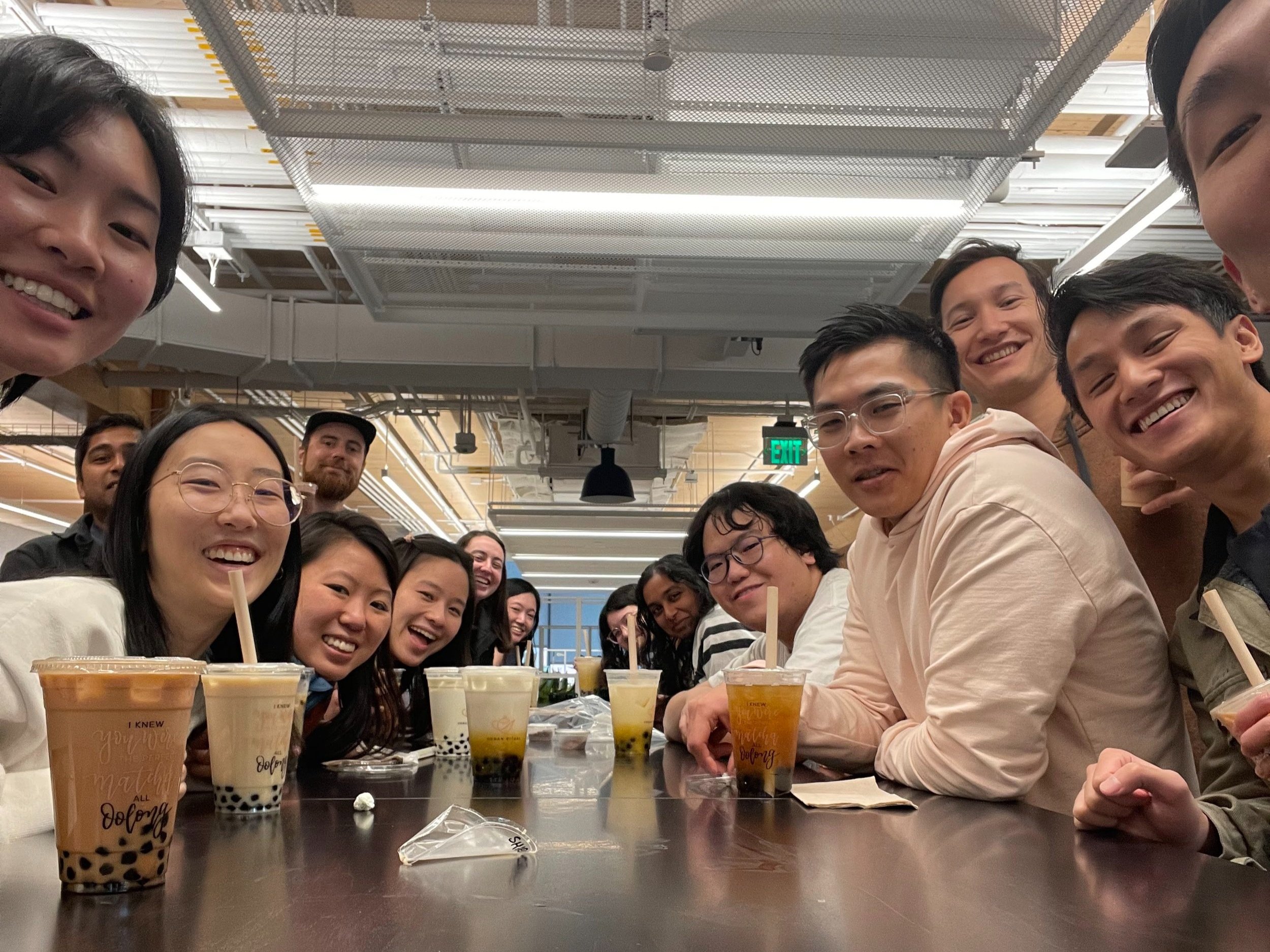

Charleen likes to stay involved in initiatives outside of her immediate team, as well. She is a member of the Performance Observability Group, an interest-based working group composed of engineers across different teams. The cross-functional group shares information, discusses issues, and demonstrates solutions related to performance and observability. Charleen also enjoys having regular one-on-one conversations with peers and mentors from other teams and sharing her work with engineers across the company through the Dev Townhall.
One of Charleen’s projects that is widely used across engineering is an internal tool called sambot. Sambot stemmed from a need for better communication among engineers during outages. Developers wanted to more easily jump into ongoing incidents and follow along. Charleen reached out to her peers to understand what would be most useful to them. That led to the creation of sambot, a Slack bot that provides updates and context for ongoing outages. Seeing her coworkers use sambot on a regular basis makes Charleen proud. “It’s cool being a force multiplier,” she commented. “I can work the hardest I can, or I can work on projects to help other people do their jobs better.”
“I can work the hardest I can, or I can work on projects to help other people do their jobs better.”
Charleen finds it immensely satisfying to identify problems in her environment and think of solutions to prevent them from happening. Developing tools for her coworkers allows her to not only build solutions, but also see the impact right away. “It makes me really excited to see problems go away. It’s like cleaning!” she laughed. It’s safe to say that Charleen is glad she gave computer science a second chance—even though it felt uncomfortable at times—because now she gets to use technology to help the people around her.

